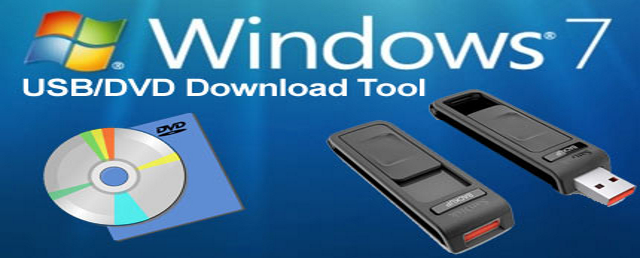

If you have your own ISO (or your own Windows disc you can create an ISO from) then I would recommend you use this. The method we are using involves copying an ISO to a USB disc so that your computer runs it as if it were a DVD. Step 1: Download ISOĪn ISO file is bit-for-bit copy of the contents of a disc. This guide will install a trial version of Windows – you will need a valid licence key from Microsoft in order to activate it. You will need the computer you wish to install Windows on, another computer with an internet connection and Windows already installed, and a spare 4GB USB stick. This method is also suitable for dualbooting Windows on a Mac via Bootcamp. This guide will show you how to get this media, how to put it onto a USB stick, and how to run the USB stick to install or repair your copy of Windows. Make a note of the disk number of the USB drive.How to perform a clean install of Windows from USB without a disc, and how to repair a corrupted install of Windows.įor either of these tasks, we need a copy of the original media that was used to install Windows. You'll probably be able to spot it based on the drive's capacity. One of the drives listed will be your USB drive. Here, call up a list of disks attached to your PC. This will open in a new command prompt window. In the black command prompt window, open the disk partitioning tool with the command: diskpart Right-click the first result and select Run as administrator. On Windows 10, click Start then type "command". Of course, you need to be able to authenticate as the administrator on the PC you're using. You should also insert the Windows 7 installation DVD.Ĭlick Start > All Programs > Accessories and right-click on Command Prompt. To start, insert your USB flash drive in your main PC-the one with the optical drive.

However, they're almost the same whatever operating system you're using, including Windows 10 or even 11. The following steps can be completed on a Windows 7 computer.


 0 kommentar(er)
0 kommentar(er)
